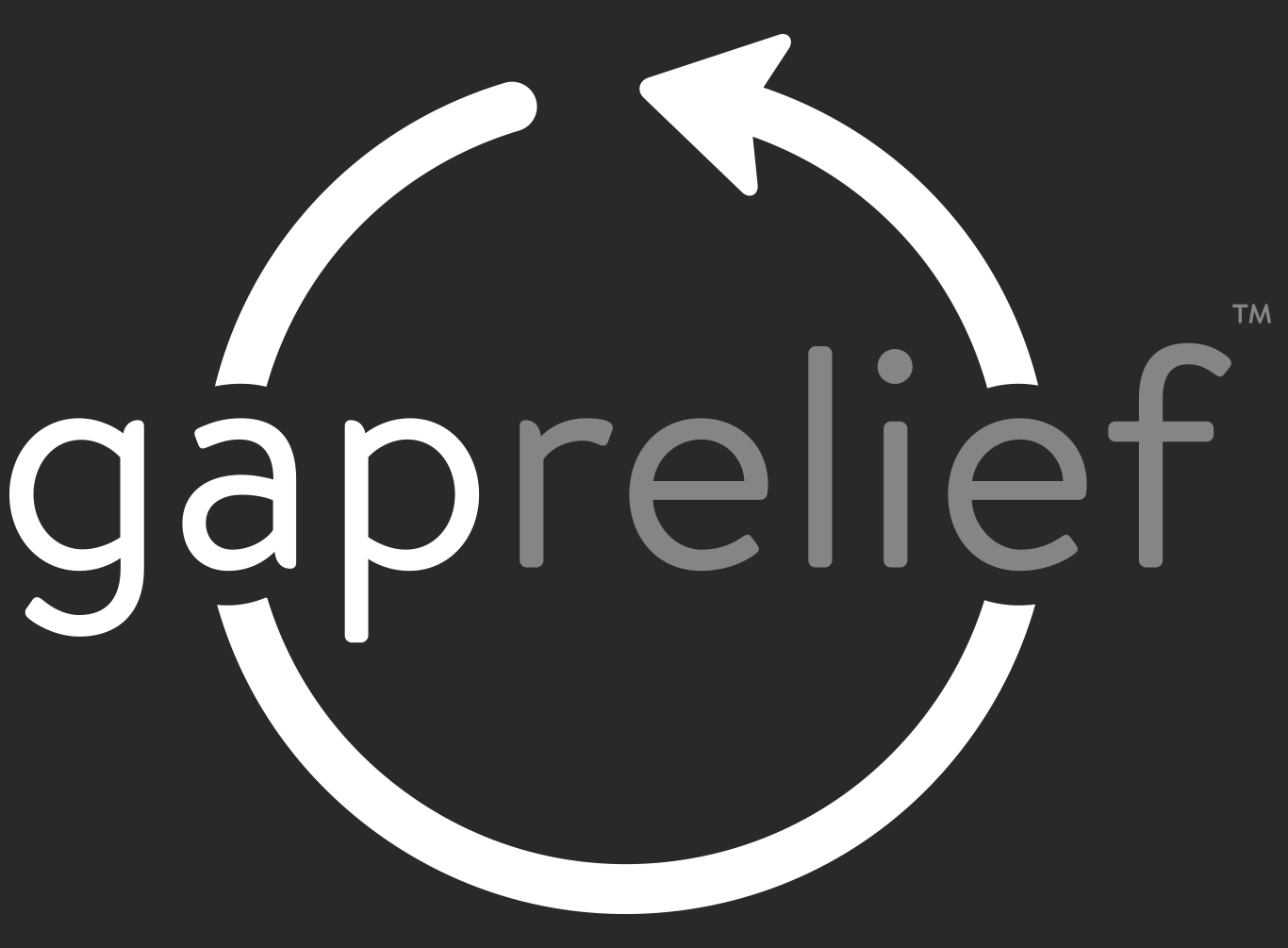Two Major Themes in Workplace Trauma
Gap Relief’s Matt Tolson spent more than a decade working in Northwest Arkansas’ fast-paced corporate environment before becoming a therapist. What are the two major themes that he sees when working with those experiencing pain and stress from their job?
The first is MATRIX.
In the past, workplaces operated in more of a hierarchical structure. Each employee reported to someone who reported to someone else and so on. Each person had their own job for which they were individually responsible.
This model is simply too slow in today’s society. Information and commerce move at much too fast a rate to support this kind of siloed structure of workplace.
Things now operate in more of a matrix structure, meaning each employee depends and relies on many other people and departments’ collaboration in order to do their job. This causes much division of focus, time, and responsibility. On one hand, this means that workplace relationships are more connected, but it also leads to overwhelm, anxiety, and exhaustion as employees are asked to divide their focus and capacity more and more to do a simple task.
Ultimately, we are seeing this problem cause burnout at much earlier times than ever before in history. In years past, it often took a full-length career for burnout to occur, but we are now seeing burnout as early at two to four years into a career.
The second is INPUTS.
With our workplaces fully participating in advancing technology, we have access to more information and modes of communication than ever before. In a given day, employees are expected to pay attention to and respond to texts, emails, Zoom meetings, in-person meetings, instant messages, Slack channels, and more in order to stay informed, connected, and do their jobs.
It is simply too much. Our brains were not built to receive this much information and to sustain this number of connections. We remain on overload at all times using this model, and are not able to leave work at work.
These are simplified overviews of complex issues, but serve as a good summary of the primary themes we see leading to modern workplace trauma.

